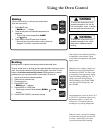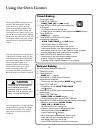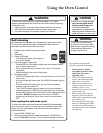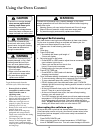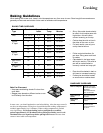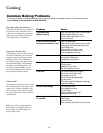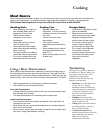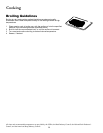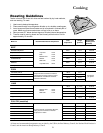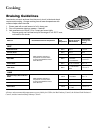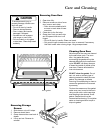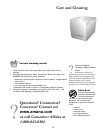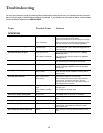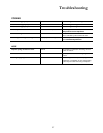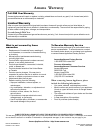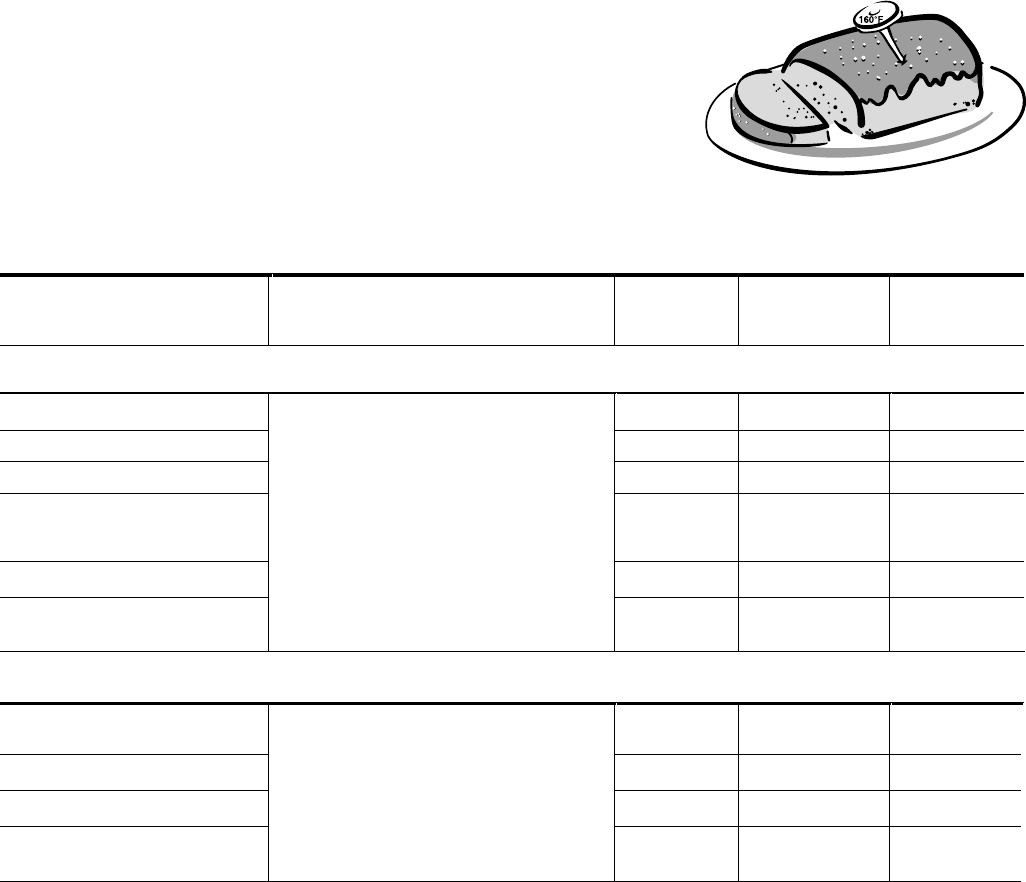
22
Braising Guidelines
Less tender cuts such as those from the round, chuck, brisket and shank
require moist cooking. A longer cooking time at lower temperatures with
moisture helps soften the meat.
1. Brown meat with a small amount of oil in heavy pan.
2. Pour off excessive drippings, season, if desired.
3. Add small amount of liquid (1/2 to 2 cups) and cover tightly.
Simmer gently over low heat on top of the range or in a 325°F oven,
until meat is fork tender.
All times and recommended temperatures are provided by the USDA, the Beef Industry Council, the National Pork Producer’s
Council, and the American Sheep Industry Council.
Cooking (cont'd)
Meat Cut Recommended Internal Temperature
Oven
Temperature
Weight (pounds)
OR Thickness
Approximate
Cooking Time
(hours)
BEEF
Blade Pot Roast
325°F 3 to 5
1
½ to 2
Arm Pot Roast
325°F 3 to 5 2 to 3
Chuck Roast (boneless)
325°F 3 to 5 2 to 3
Short Ribs
325°F
2 inches
x 2 inches
x 4 inches thick
1 ½ to 2
½
Round Steak
325°F
¾ to 1 inch thick 1 to 1 ½
Flank Steak
Meat should be cooked to a
temperature of at least 160°F
to reduce the likelihood of food-
borne illnesses.
325°F
1
½ to 2 inches
thick
1
½ to 2 ½
LAMB
Shoulder Chops, Round Bone or
Blade
325°F 1 inch thick
1 to 1
¼
Riblets
325°F 3 pounds
1
½ to 2
Shanks
325°F 3 pounds
1 to 1
½
Stew Cubes
Meat should be cooked to a
temperature of at least 160°F
to reduce the likelihood of food-
borne illnesses.
325°F
1 inch pieces
1
¼ lbs.
1
¼ to 1 ½



